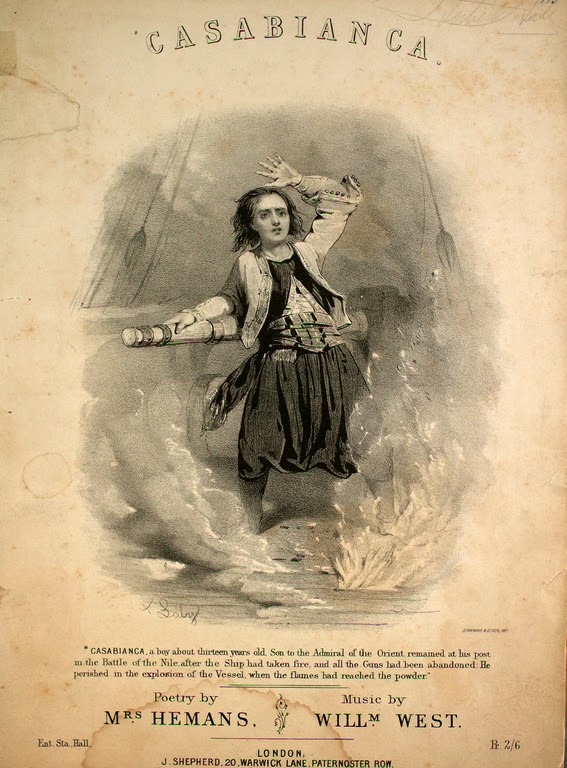Dear Romanticists,
We return now to discussing working-class poetry, though this time we will focus on one poet in particular. John Clare is probably the most famous of our period’s self-educated authors. His parents were essentially illiterate and Clare himself had no formal education after the age of 11 when he left school to work full-time as an agricultural laborer.
We return now to discussing working-class poetry, though this time we will focus on one poet in particular. John Clare is probably the most famous of our period’s self-educated authors. His parents were essentially illiterate and Clare himself had no formal education after the age of 11 when he left school to work full-time as an agricultural laborer.
Clare’s everyday life was bound up in the land on which he lived. He was thus poised to become one of the great voices of the Agricultural Revolution, a series of technological advances and land reforms that changed the face of British countryside. Acts of enclosure, for example, re-distributed lands that had been held in common, in some cases since the Middle Ages. Trees and hedges were uprooted, fields plowed up, and marshlands drained. For the first time in living memory, the land that so sharply informed rural identity radically changed.
Much of Clare’s poetry records and responds to the destruction of the land he had known and the corresponding loss of rural cultural that went with it. That is, like all of our Romantic poets, Clare was fixated on the concept of loss. His loss, however, is rooted specifically in specific flora and fauna, agrarian traditions, and a pre-industrial relationship between people and the land they worked. Until Thomas Hardy arrives on the scene at the opposite end of the century, no one will speak with more authority or more agony about the British countryside and the cultural memories and practices that once flourished there.
Much of Clare’s poetry records and responds to the destruction of the land he had known and the corresponding loss of rural cultural that went with it. That is, like all of our Romantic poets, Clare was fixated on the concept of loss. His loss, however, is rooted specifically in specific flora and fauna, agrarian traditions, and a pre-industrial relationship between people and the land they worked. Until Thomas Hardy arrives on the scene at the opposite end of the century, no one will speak with more authority or more agony about the British countryside and the cultural memories and practices that once flourished there.
Read the assigned poems in our anthology; the other two listed on the syllabus can be found here:
Enjoy this work inspired by The Shepherd's Calendar by the contemporary artist from Clare's native Northamptonshire, Peter Newcombe.



